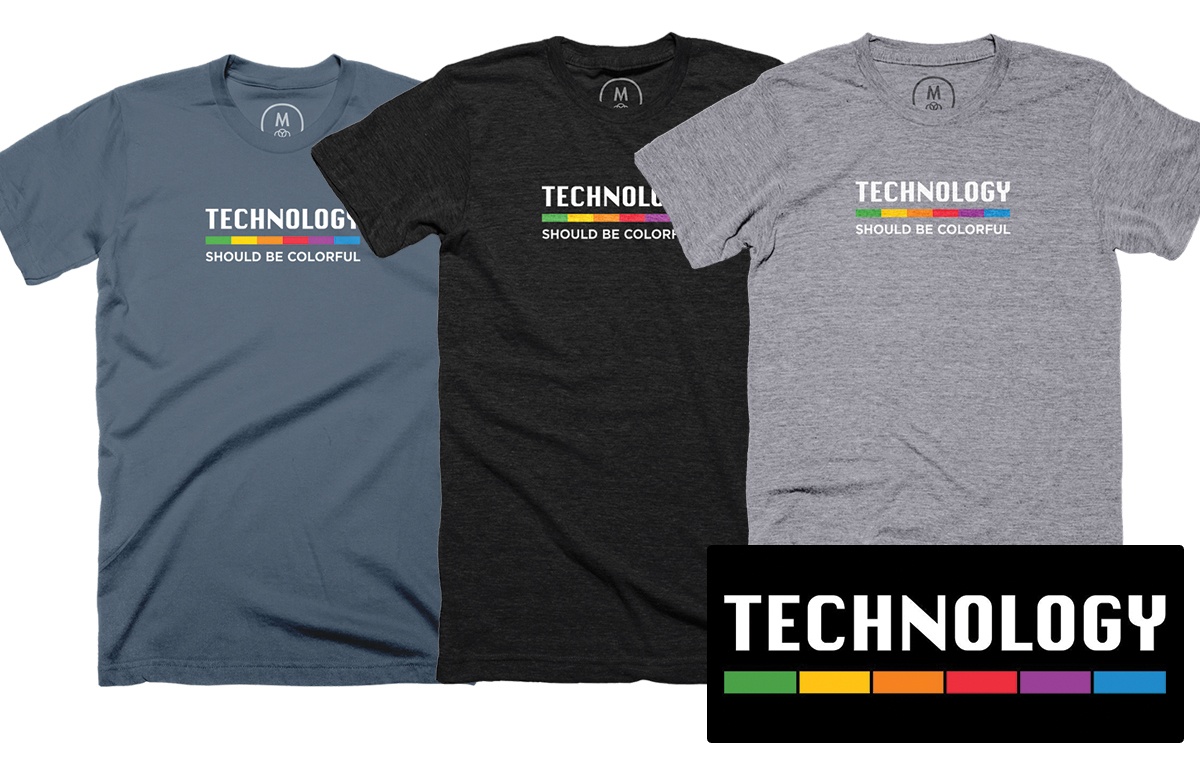Jason Snell, in his review of the new iPad mini:
I’ve always preferred using a Kindle to read books, but I have to admit that the iPad mini is a pretty great size if you’re primarily planning on using it to read books, newspaper apps, and websites. The screen may feel a bit cramped when using productivity apps, but switching to the iPad mini from the 12.9-inch iPad Pro was like going from a coffee-table book to a trade paperback. Reading from apps while holding the iPad mini in vertical orientation in one hand was easy and pleasant.
However, the increased screen density of this device means you’ll probably need to crank up the default text size in your apps and in the Text Size setting in the Display & Brightness section of the Settings app. As on previous iPad minis, everything’s just a bit smaller, and unless your eyes are particularly keen (and young) you’ll need to slide that text size up a notch or two in order to get it back into comfortable territory.
While the 12.9” iPad Pro is my main work iPad, in December I bought a base model of the 11” version that I use exclusively as a media device to read books and articles, watch videos via Plex and YouTube, and play iOS games. I love the design and gesture-driven UI of the new iPad Pros, but I’m also intrigued by the extreme portability of the new iPad mini. I don’t plan on switching because I value the design and better screen of the Pro, but I definitely want to go to an Apple Store and play with the new mini for a bit. As someone who used to work on an iPad mini years ago, I’m glad Apple brought this product back.
See also: John Gruber’s review and Rene Ritchie’s video on the new iPad mini.









